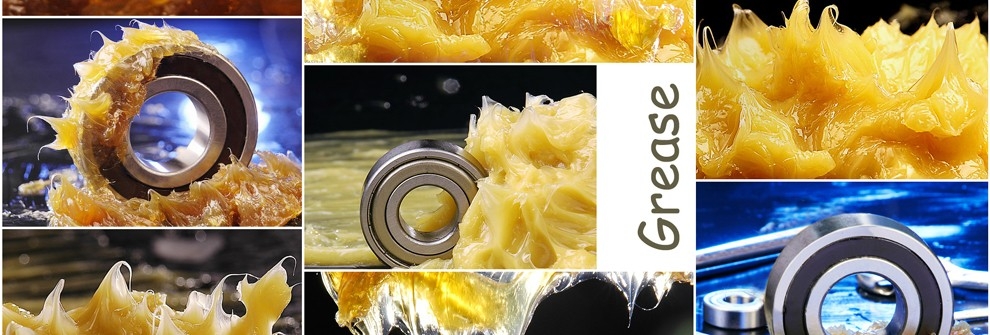Think a grease is a grease is a grease? Think again


There is more to greases than meets the eye. And there is no such thing as a single “all-purpose” grease.
Our sales people and distributors frequently hear this type of request from customers: “I need some of that red grease.” We’re not sure why customers might request a grease by color – perhaps they had success in the past with a grease that happened to be red. One thing we are sure of, however – color does not denote a particular type of grease, whether it is red, green, blue or yellow. The color is simply a dye added by manufacturers for marketing purposes, to more easily distinguish the different greases in their product lines. The only thing a color will tell you from a technical standpoint is that the dye is the first thing to degrade. So if you bought a red grease and it has turned brown or black, it tells you the grease is starting to wear out.
If color is not important in selecting a grease, then what should you be looking for to find the right grease for your application? Let’s zero in on five attributes.
NLGI Rating: The National Lubrication Grease Institute rating denotes the consistency of a grease – the higher the rating, the thicker the grease. The number is determined by the ratio of oil to thickener in the grease. Higher oil content will result in a lower number, with 00 or 000 denoting a semi-fluid grease. Lower rated greases are helpful in cold climates for easier pumping. Higher number (thicker) greases will be more stable in hot conditions. The choice depends on the application as well as the operating environment. If you’re using an NLGI #2 grease in the southern US, you might need a #1 or even a #0 grease for the same application in Canada.
Thickener: In addition to the oil, a grease will contain a number of additives for anti-wear, oxidation, corrosion and rust protection. The most important additive is the thickener, which acts as a kind of “soap sponge” that holds the oil in place, then allows it to bleed out to lubricate components. It’s important to make sure the thickener is the same as in the grease you have been using, or meets the requirements of the application. Different types of greases use different thickening agents, and they are not all compatible with each other.
Viscosity: Viscosity is the most important characteristic of any lubricant, and that holds true for greases. The grade shown on the container is actually the viscosity of the oil within the grease that acts as the lubricant. High speed applications will generally use a lighter viscosity grease. Most trucks, for example, will use ISO 220 grades on axles and bearings. A heavy-duty application such as a tractor will use a 320 grade, and heavy industrial machinery might call for a 460.
Dropping Point: The dropping point is the operating temperature at which a grease liquefies and stops performing as needed. It is important to use a grease that will stay stable within the maximum operating temperature of the application. In fact, the OEM recommends only using greases at 100 degrees, or more, below the dropping point. For example, if the dropping point of the grease is 350 degrees, the OEM recommends not using it in an application where the temperature exceeds 250 degrees.
EP Additives: Some greases are labeled “EP,” signifying that they contain “extreme pressure” additives. EP greases generally can be used for most applications, with the notable exception of electric motors bearings, where they are likely to cause corrosion if overgreasing ends up in the motor windings. Make sure to follow the OEM recommendations for selecting the grease that is right for your application and operating environment in order to keep your equipment running smoothly.
09/20/2017




























